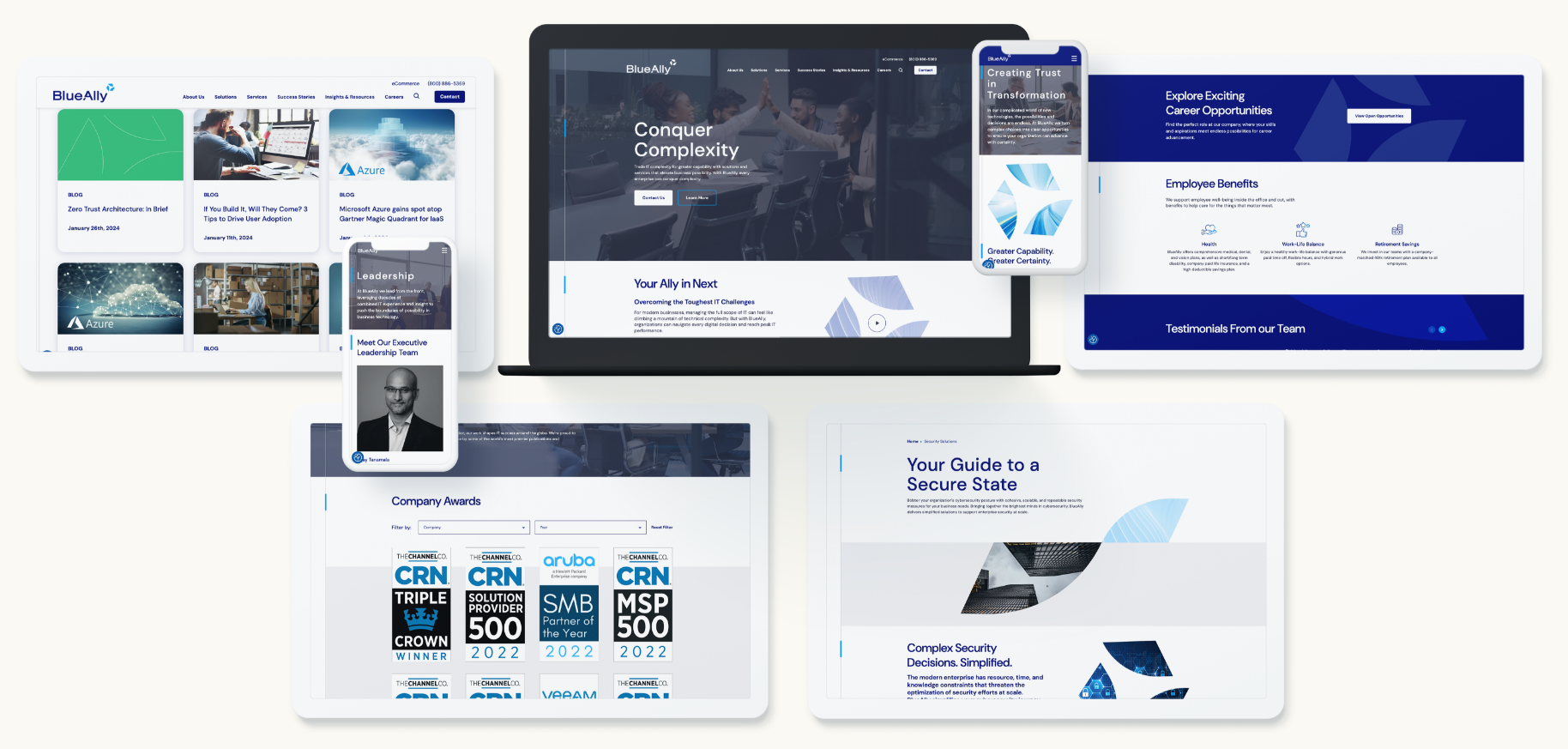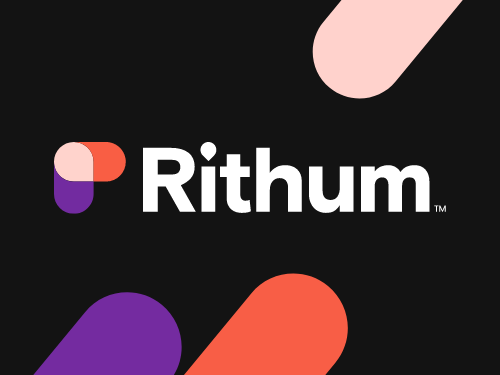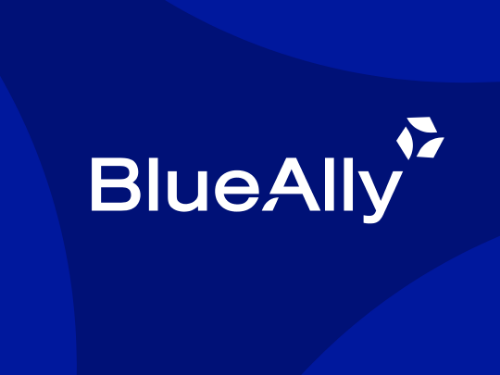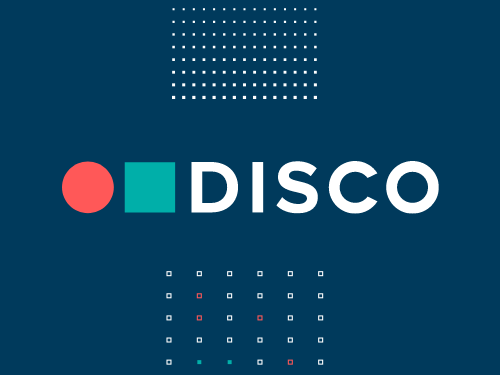In today’s business environment, professional services firms face a unique challenge: balancing the tried-and-true methods of traditional marketing with the rapidly evolving demands of digital channels. The modern B2B buyer expects both personalization and accessibility, making a hybrid approach crucial for firms aiming to engage and retain clients effectively. For professional services firms rooted in traditional approaches, the shift to digital marketing can feel daunting—but it also represents an opportunity to connect with clients in meaningful new ways.
The Changing Landscape of B2B Marketing for Professional Services
Buyer expectations have changed significantly over the past decade. B2B decision-makers now prefer a blend of digital touchpoints, from educational webinars and engaging social media content to insightful blog posts and targeted email marketing. Traditional marketing approaches—such as in-person networking, relationship-building, and referrals—remain valuable. However, they no longer fulfill the full range of buyer needs, especially as many decision-makers now conduct extensive online research before even contacting a provider.
For professional services firms, the challenge is to create a seamless experience that combines digital and traditional interactions. Today’s B2B buyer expects convenience and immediacy, along with the depth and reliability associated with established brands. By carefully integrating digital channels, firms can strengthen client relationships while meeting modern expectations.
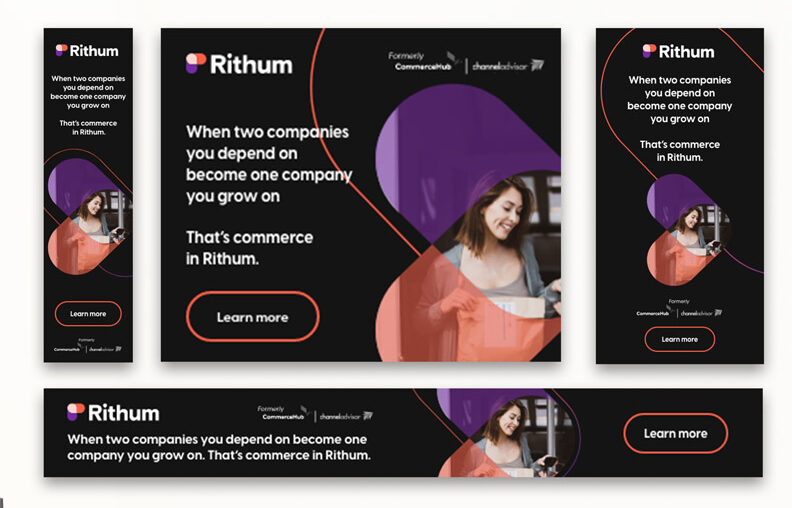
Core Challenges in Transitioning from Traditional to Digital
Transitioning to a hybrid marketing strategy is easier said than done. Many professional services firms face challenges that slow their adoption of digital methods:
- Resistance to Change: Established firms often have well-defined processes and are accustomed to traditional marketing’s tangible returns, like word-of-mouth referrals and direct networking. Embracing digital marketing can feel like stepping into unfamiliar territory.
- Measuring ROI: Digital marketing offers a wealth of data, but the learning curve can be steep. Many firms are uncertain about how to measure the return on investment (ROI) for digital campaigns, making it harder to justify shifting resources from traditional channels.
- Maintaining Client Trust and Expertise: For firms known for their expertise, there is a concern that digital methods could appear impersonal or detract from their credibility. Balancing the transparency and immediacy of digital content with a reputation for quality and trustworthiness can be tricky.
Key Strategies to Bridge the Gap
To navigate this shift, firms can employ specific strategies that bring the strengths of both traditional and digital marketing together.
- Leverage Data-Driven Insights
Digital marketing provides access to extensive data on customer behavior, preferences, and touchpoints, allowing firms to create highly personalized experiences. By analyzing this data, firms can gain insights into which strategies resonate most with their target audience and adjust accordingly. For instance, monitoring engagement with content like blogs, case studies, or newsletters can reveal client interests and needs, guiding future campaigns. - Incorporate Content Marketing
Thought leadership is central to building credibility, and digital channels offer an ideal platform for showcasing expertise. By developing valuable content—such as industry insights, how-to guides, and webinars—firms can engage their audience, nurture leads, and solidify their position as trusted advisors. This approach not only reaches clients digitally but also strengthens traditional relationships by providing clients with informative resources they can share and discuss in person. - Utilize Targeted Advertising
Digital advertising allows firms to target specific industries, job roles, or geographic areas with precision. Platforms like LinkedIn, which cater to professional audiences, offer advertising options tailored to reach relevant B2B decision-makers. Retargeting ads, which appear after someone has visited your site, can also keep your brand top-of-mind among potential clients, making this strategy highly complementary to traditional networking efforts. - Blend Offline and Online Experiences
Professional services firms can create memorable experiences by combining offline and online elements. For example, hosting an in-person event that is also live-streamed can engage both local clients and remote participants, expanding the reach of a traditional approach through digital channels. Similarly, webinars, which provide educational value and interaction opportunities, serve as digital extensions of traditional seminars and roundtables, offering clients flexibility in how they engage with your brand.
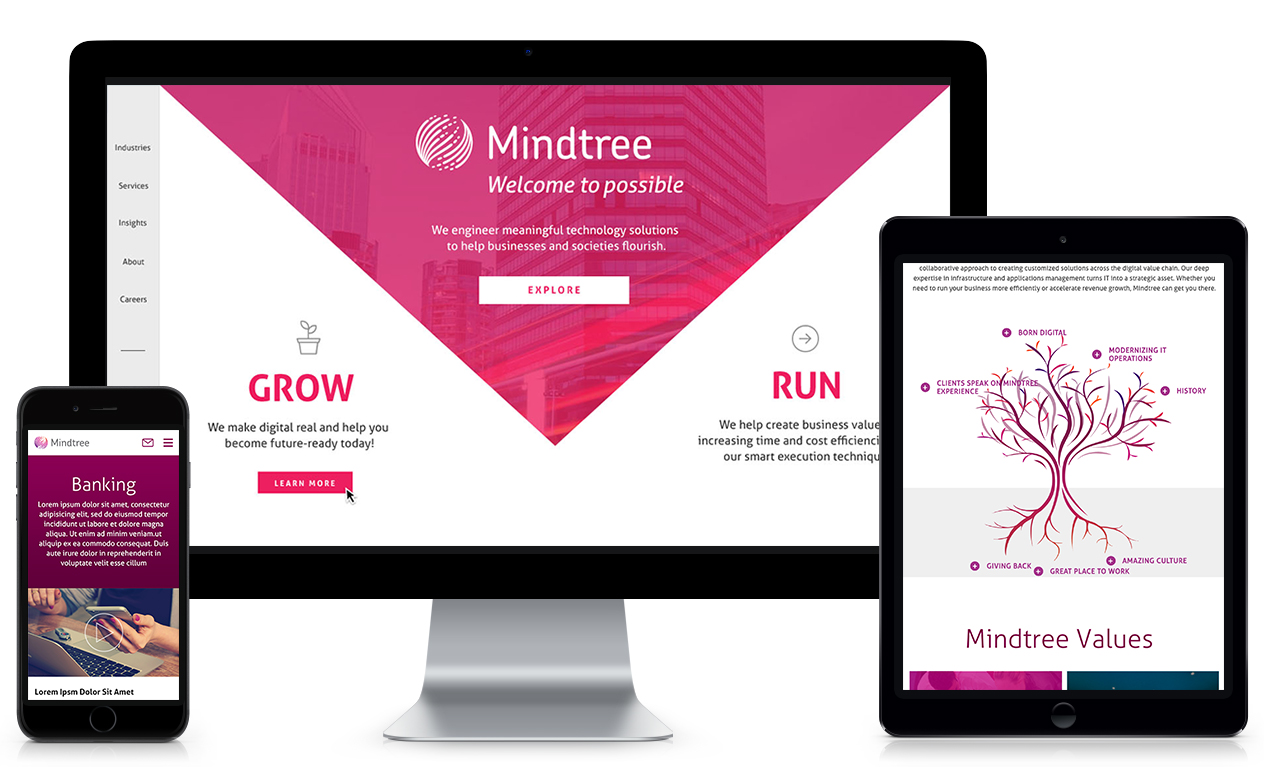
Steps to Get Started
For firms ready to bridge the gap, taking the first steps toward a hybrid marketing strategy can be streamlined with a structured approach:
- Conduct an Audit: Evaluate your current marketing efforts to identify gaps where digital tactics can complement traditional methods. Determine which areas are underperforming or could benefit from digital reinforcement.
- Identify Digital Opportunities: Consider where digital channels could amplify existing strengths. If your firm excels in thought leadership, start by building a content marketing program. If networking is central to your success, explore how LinkedIn advertising or webinars can enhance your reach.
- Set Clear Goals: Establish measurable goals for each digital channel, whether it’s to increase brand awareness, generate leads, or boost client engagement. Goals help justify the investment in digital and serve as benchmarks for success.
- Take a Phased Approach: Transitioning from traditional to digital is a journey. Consider rolling out digital initiatives in phases to ensure that each step is manageable and measurable. Start with a pilot project, gather feedback, and make adjustments before expanding.
- Commit to Continuous Improvement: Digital marketing requires adaptability. Regularly review data from campaigns, client interactions, and feedback to refine your approach and ensure alignment with both traditional values and digital expectations.
Embracing a Hybrid Future
For professional services firms, the shift to digital marketing represents an evolution in how they connect with and engage clients. By adopting a balanced approach, firms can preserve the strengths of traditional marketing while leveraging the efficiency and reach of digital methods. Ultimately, a hybrid strategy enhances relationships, drives engagement, and positions firms for long-term success in an increasingly digital world. Transitioning may feel challenging, but the rewards of a thoughtful blend of traditional and digital are well worth the effort.
Ready to take your marketing to the next level? Contact Bluetext today to learn how we can help you seamlessly bridge the gap between traditional and digital marketing.
